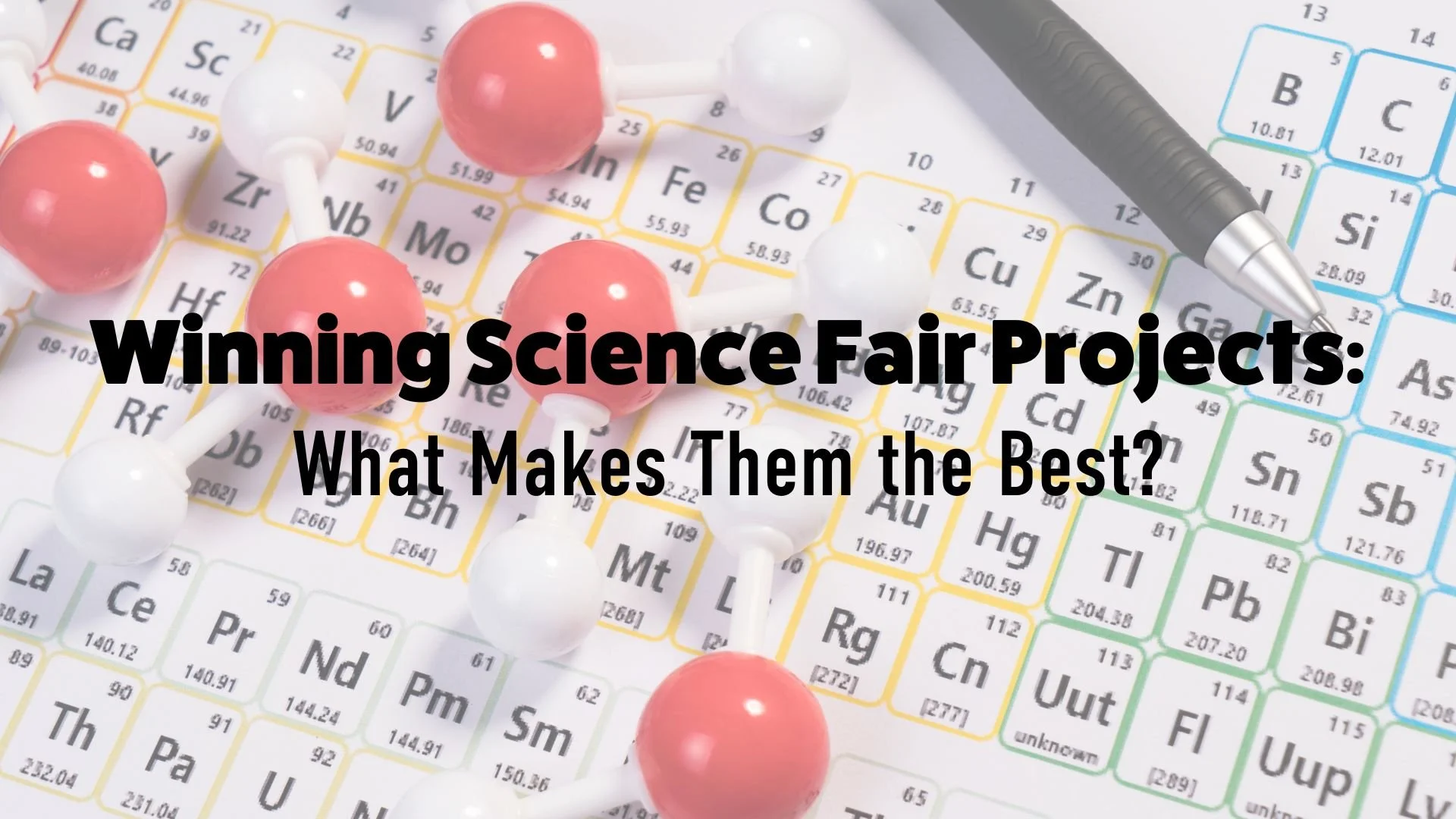Winning Science Fair Projects: What Makes Them the Best?
Attending—and perhaps winning—science fairs and competitions provides students with a great deal of valuable research and experience. In fact, a good project may even be deserving of a spot on an application or resume!
In this blog post, we’ll be reviewing and examining some of the best science fair projects across several different fairs. We will also explore what these projects can be, why science fairs are important, and how you can participate as a middle or high school student.
What is a science fair project?
A science fair project should pose an inquiry that can be answered and tested through the scientific method. It could potentially also revolve around engineering solutions, although this is less common.
Examples of science fair projects include:
Analyzing the effects of various types of pollution on wildlife and air quality
Creating robotic mechanisms or body parts
Conducting forensic analysis
Science fair projects not only reinforce students' learning, but also play into college and university applications. An award winning science fair project can set students apart from their competitors.
You may also like this blog post on Steps to Create a Winning Science Fair Project.
Benefits of science fair projects
There are numerous benefits to competing in a science fair — some of which we are sharing below.
Build Meaningful Connections
If you end up working with a group, you gain the opportunity to connect with motivated and like-minded peers. You end up making new friends, and strengthening your web of connections! In the world of jobs, this ends up improving your visibility as both an employer and a potential candidate. Also, practicing soft skills and social engagement also means a boost in self-confidence, something that many talented students now lack.
Exploration and Excitement
By participating in science fairs, students engage themselves in immersive research activities. They are given the chance to discover new excitements and interests when taking on a project, which allows them to branch out of their comfort zones and learn new skills. This curiosity empowers students to become well-informed and more aware of new and emerging fields of study that may become the big industries of the future.
Examples of winning science fair projects
Below we are sharing a couple of examples of winning science fair projects. Use these as inspiration for what you might choose to create!
Novel Thermoelectric Generator for Automobile Exhaust Waste Heat Recovery
This science fair project aims to reduce our carbon footprint. After conducting some research, students realized that modern combustion engines output only about 40% of the total energy. Their goal was to reuse the energy lost through heat by utilizing TEG modules. Using these modules, any lost heat energy would be converted back to electrical energy and thereby not be wasted.
Predicting the Likelihood of Heart Disease using Risk Factors and Machine Learning
In this project, a group of 3 students chose to use open source libraries in Python to train a machine learning model to predict the likelihood of a person having heart disease. This project ended up winning gold in their division and landing a spot at the Canada Wide Science Fair in Edmonton, Alberta!
How to get started with a science fair project
First, find a science fair in your area, or sign up to participate online! Then, come up with a good idea and get together in a group to start research and design. Lastly, collect your findings and analyze your results.
Listed below are some top science fairs to participate in:
Home | STEM Education Nationwide | Biotechnology Institute (biotechinstitute.org)
Scholarships for Gifted Students | Davidson Fellows (davidsongifted.org)
The American Rocketry Challenge - National Association of Rocketry (nar.org)
Here’s a directory containing many, many, more science fairs across the United States and throughout the globe: The World-Wide Web Virtual Library: Science Fairs (usc.edu)
About Inspirit AI
AI Scholars Live Online is a 10 session (25-hour) program that exposes high school students to fundamental AI concepts and guides them to build a socially impactful project. Taught by our team of graduate students from Stanford, MIT, and more, students receive a personalized learning experience in small groups with a student-teacher ratio of 5:1.

